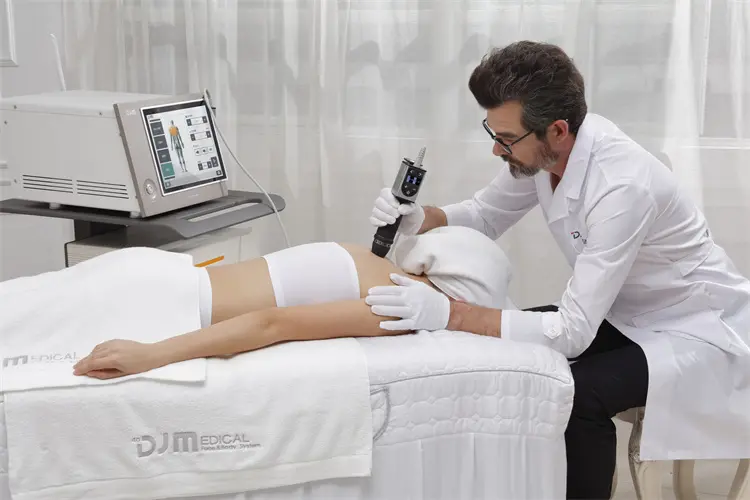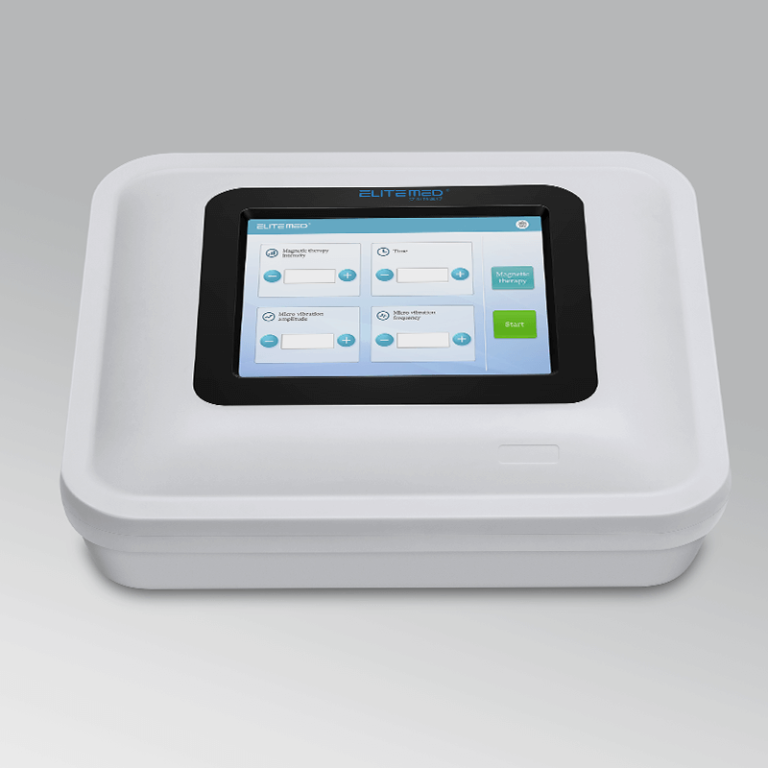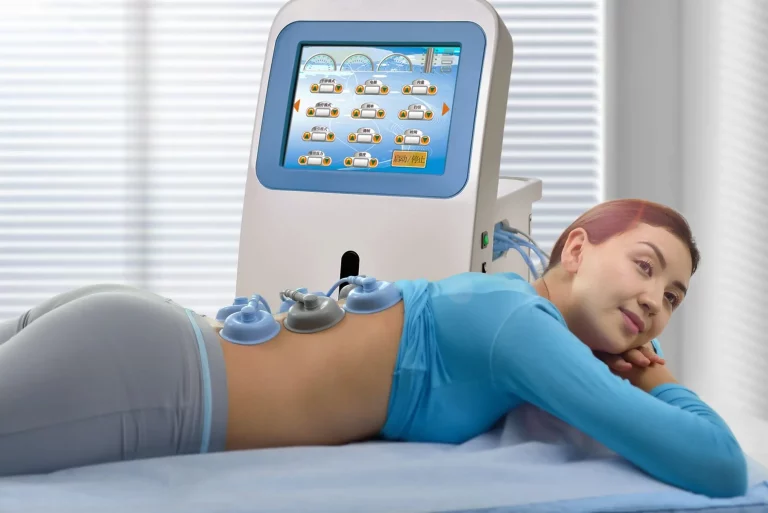Transcranial direct current stimulation (tDCS) is a technique that uses a stable, low-intensity direct current (1–2 mA) to modulate neuronal activity in the cortex. As a non-invasive neuromodulation method, tDCS has been widely applied in clinical basic research, and translational studies, and is increasingly used in military and competitive sports fields. tDCS has been shown to enhance muscle strength, explosive power, and aerobic metabolic capacity, reduce fatigue, and improve cognitive function, making it a crucial tool for enhancing motor performance.

The physiological mechanisms by which tDCS exerts its effects are primarily reflected in several areas:
- Modulating the resting membrane potential of neurons to alter cortical excitability.
- Enhancing synaptic plasticity and regulating long-term potentiation (LTP) effects.
- Modulating neurovascular coupling to improve local cerebral blood flow.
- Adjusting brain network functional connectivity to activate and strengthen specific brain regions.
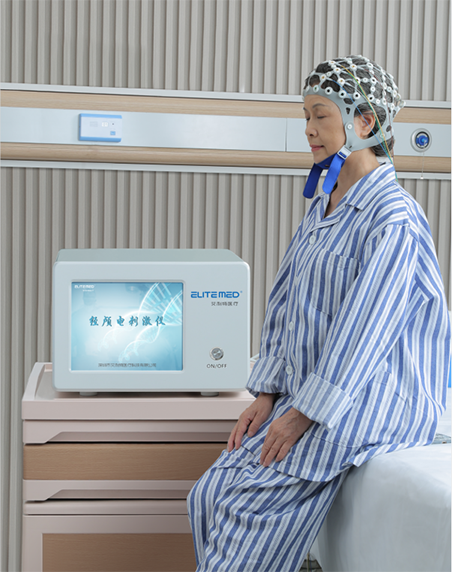
These mechanisms work together to regulate brain function and enhance motor performance. Below is an analysis of these 4 areas.
1. Modulating the Resting Membrane Potential of Neurons to Alter Cortical Excitability.
Neurons are the basic structural and functional units of the nervous system. When the resting membrane potential of a neuron depolarizes to the threshold level, an action potential is triggered. tDCS modulates the resting membrane potential of neurons, thereby altering their excitability. Research has shown that when the primary motor cortex (M1) is used as the stimulation area, applying an anodal tDCS over M1 leads to depolarization of the neuronal membrane potential, increasing cortical excitability. This affects spinal cord pathways, enhances the efficiency of neuromuscular transmission, increases motor unit recruitment, and ultimately improves motor performance. For example, a 20-minute anodal tDCS intervention significantly improved the maximal voluntary contraction strength of the subject’s flexor carpi ulnaris, biceps brachii, biceps femoris, and rectus femoris muscles. For the general population, anodal tDCS can enhance strength capacity, primarily manifested by increased muscle strength and the number of repetitions at maximum strength.
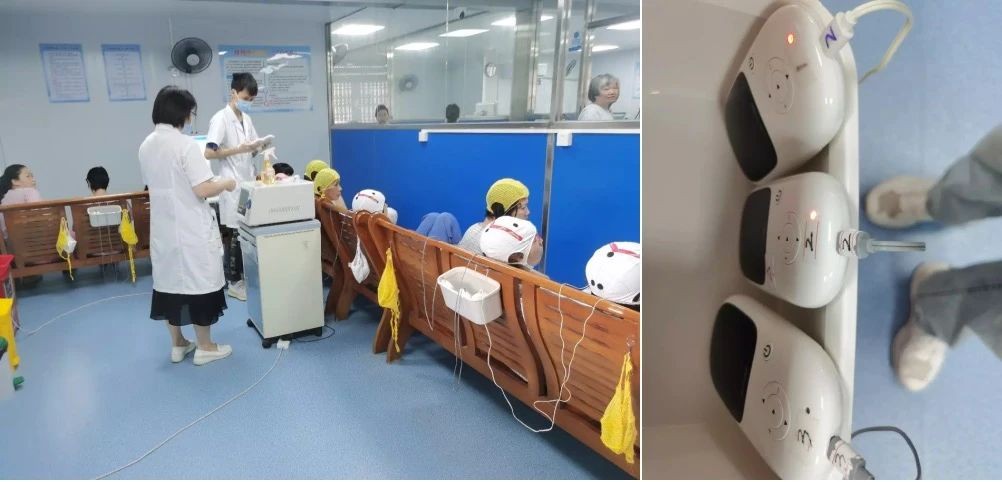
2. Enhancing Synaptic Plasticity and Regulating Long-term Potentiation (LTP) Effects.
Synapses, as key sites for neural signal transmission and cellular functional connections, play an important regulatory role in synaptic transmission efficiency. Synaptic plasticity typically involves both short-term and long-term changes to existing synapses (such as the formation, removal, and remodeling of synapses and dendritic spines). When synaptic transmission efficiency is enhanced, it can induce long-term potentiation (LTP). Conversely, when synaptic transmission efficiency decreases, it leads to long-term depression (LTD). LTP refers to a persistent enhancement response induced by a certain amount of high-frequency stimulation, which is related to the ligand or chemical ion channels on the membrane. LTP serves as the physiological basis for neural circuit remodeling in the brain and is associated with improvements in functions such as learning, memory, and other cognitive processes.
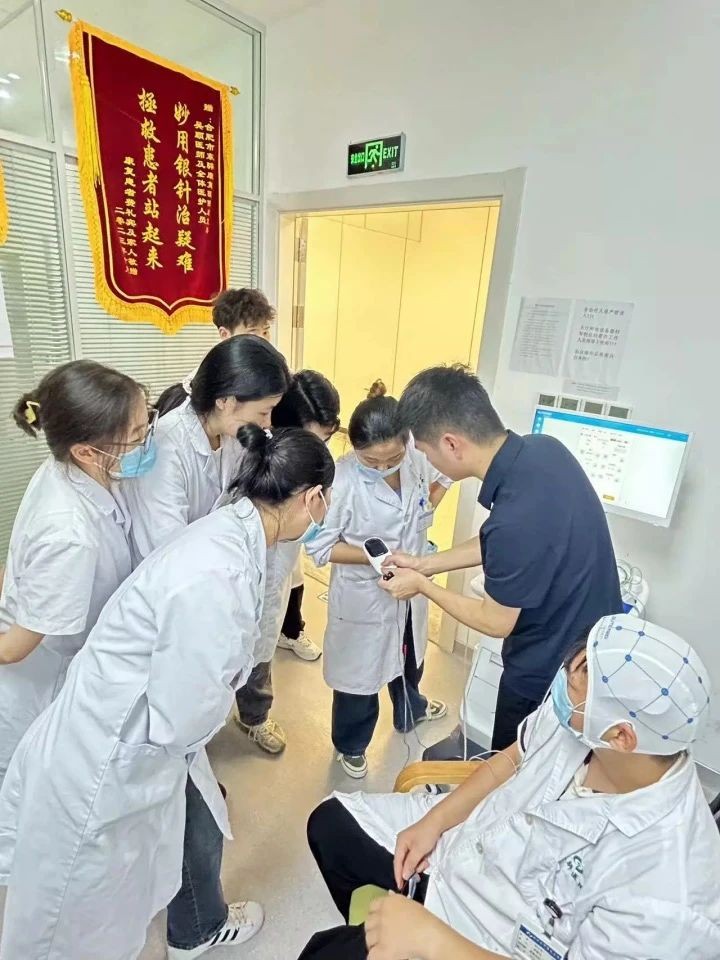
Anodal tDCS can increase neuronal excitability, leading to the release of neurotransmitters from the presynaptic membrane, which then bind to ionotropic glutamate receptors on the postsynaptic membrane, such as the N-methyl-D-aspartate receptor (NMDAR) and the α-amino-3-hydroxy-5-methyl-4-isoxazole-propionic acid receptor (AMPAR). This binding of neurotransmitters to receptors activates protein kinases and regulates protein signaling pathways, subsequently promoting the production of brain-derived neurotrophic factor (BDNF). BDNF binds to receptors on the cell membrane and activates downstream signaling pathways, thereby enhancing synaptic plasticity. As a long-term mechanism, tDCS can enhance gene transcription, leading to the formation of BDNF. The formation of new proteins further promotes long-term potentiation (LTP) and improvements in behavioral functions.
Researchers believe that tDCS likely induces long-term changes in brain excitability and activity by triggering LTP and long-term depression (LTD), thereby enhancing synaptic plasticity and ultimately improving motor performance.
3. Modulating Neurovascular Coupling to Improve Local Cerebral Blood Flow.
tDCS can regulate changes in regional cerebral blood flow (rCBF) by affecting the contraction or dilation of blood vessels, which in turn influences local cerebral blood flow and enhances motor performance. Research has shown that anodal tDCS can cause a widespread increase in rCBF in the cortical and subcortical regions, while cathodal tDCS leads to a broad decrease in rCBF and modulates the functional connectivity of the stimulated brain regions. The change in rCBF is positively correlated with the alteration in cortical excitability caused by tDCS.
Currently, the neurovascular coupling (NVC) theory is considered the mainstream explanation for rCBF changes induced by tDCS. While exploring the neuronal modulation effects of tDCS, the complex relationship between neurons and adjacent non-neuronal structures—especially the neuroglial cells and brain vasculature that form the neurovascular unit—is referred to as “neurovascular coupling.” According to the NVC theory, changes in rCBF induced by tDCS are primarily attributed to secondary vascular responses following neuronal stimulation. Specifically, anodal tDCS enhances neuronal excitability, causing vasodilation, while cathodal tDCS inhibits neuronal excitability, leading to vasoconstriction. Immediate changes in rCBF are likely the result of the electrical field affecting various cellular components in large, medium, and small blood vessels, first reaching the dura mater and then concentrating on the cerebrovascular system. However, some studies have also reported an instantaneous increase in rCBF under both cathodal and anodal tDCS, suggesting that tDCS has a direct impact on vascular tone. Nitric oxide released by endothelial cells and vasodilating factors produced by astrocytes is considered the main contributors to the vasodilation effect.
4. Modulating Brain Network Functional Connectivity to Achieve Brain Region Activation and Enhancement
tDCS intervention can activate and enhance the functional connectivity of brain networks, thereby improving motor performance. The brain is a complex network system, with different brain regions responsible for regulating functions such as movement, cognition, and emotion. For example, the primary motor cortex (M1) is primarily involved in controlling movement execution in humans and animals, as well as memory formation and motor skill consolidation. These brain regions are interconnected, and complex brain functions, such as coordination, memory, and language, largely depend on dynamic interactions between brain regions. With the continuous advancement of brain science, researchers are increasingly focusing on network functional connectivity and synchronization within and between the brain hemispheres. A deeper understanding of brain network functional connectivity will help to investigate the mechanisms of information processing and expression in the brain. Brain network functional connectivity is defined as the dependency reflecting the non-directional synchronization between two brain regions.
Studies have shown that anodal tDCS applied to M1, combined with fMRI techniques, significantly increases changes in functional connectivity between brain regions such as the sensory-motor area, motor area, and pre-motor area. Additionally, anodal tDCS applied to the left DLPFC region combined with fMRI techniques can enhance the functional connectivity of neural pathways in the brain and improve working memory in participants.
In conclusion, as a tool for neuroscience research, tDCS offers non-invasive, efficient, easy-to-operate, low-cost, and portable features, presenting enormous application potential. In future research, scientists should continue to explore the specific neurophysiological mechanisms through which tDCS enhances motor performance, aiming to develop intelligent wearable neurostimulation systems based on individual physiological characteristics. Additionally, they should combine computer finite element analysis models to explore more effective stimulation targets and expand tDCS applications to other fields, including cognition, applied psychology, sports science, and brain-machine interfaces.

